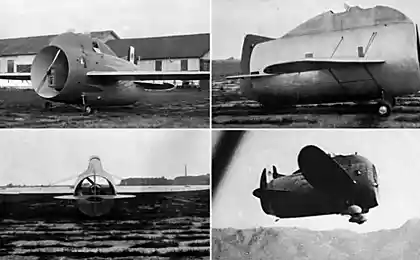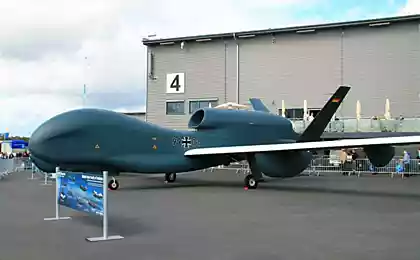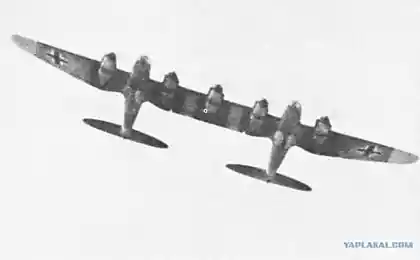561
Unmanned aircraft to "solid hydrogen," carried out the first flight

UAV, announce systems depicted in pictures, not much different from the conventional model aircraft that make enthusiasts. Outwardly there is no difference. But his fuel system is different from that used drones before.
System developers call it "solid-fuel", and the fuel itself is called "solid hydrogen." This is not quite true, but close to the real state of affairs. We all know that to get a solid hydrogen required extremely low temperatures, making it impossible or very difficult to achieve the scale of the drone. But inventors and did not use cryogenic equipment. Instead of chemically bound hydrogen, by means of a special chemical compound. This solid which creators hydrogen UAV divided into square pellets with side length of 1 cm. In some heating granule releases hydrogen, ensuring a stable gas flow to the fuel cell.
By the way, more complex project previously offered by Airbus - only in this case, the company's specialists use liquid hydrogen, which is stored at ultra-low temperatures. Naturally, such a system is too complex (and possibly dangerous) for its wide dissemination.

As for the "tverdotoplivnika" he использует a special cartridge, which accommodates about 100 granules hydrogen, discussed above. special polymer is also used to prevent melting of the active element (which is not reported). Secreted by heating the hydrogen enters the fuel cell, where electricity is generated. And electricity operate UAV engines.
The test flight lasted about 10 minutes at an altitude of 80 meters. The developers decided to play it safe, to examine the state of the fuel system after landing UAV. And generally loaded on board a quantity of fuel should be enough for 2 hour flight - and would be enough, if airplane prematurely planted on the ground.
An advantage of the fuel system of the aircraft is the fact that it can be scaled. "If you load into the system twice as much fuel, you hang in the air twice as long - the difference between our system of batteries," - said the author of the project.
According to the developers, such systems may be ideal helpers meteorologists by environmentalists, climatologists, exploring the Arctic and Antarctic. The total mass of the drone with the fuel is less than the mass of the drone with a battery electrical system, energy storage which is enough for a similar flight range. Plus, airplane emissions does not, the product of hydrogen combustion is water.
Hydrogen fuel system is already interested and representatives of the aircraft industry. Thus, the French company Safran asked Cella (this is the company developed a new fuel system) to create an analogue of its system for conventional aircraft. Only in this case it is about the production of electricity for the needs of passengers and crew, the internal combustion engine, in this case remain in place.
Source: geektimes.ru/post/270674/























